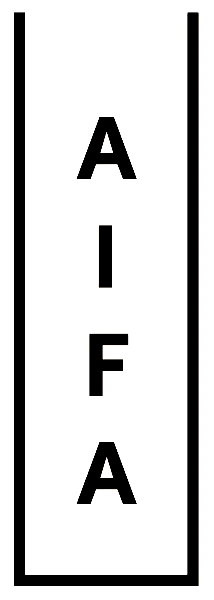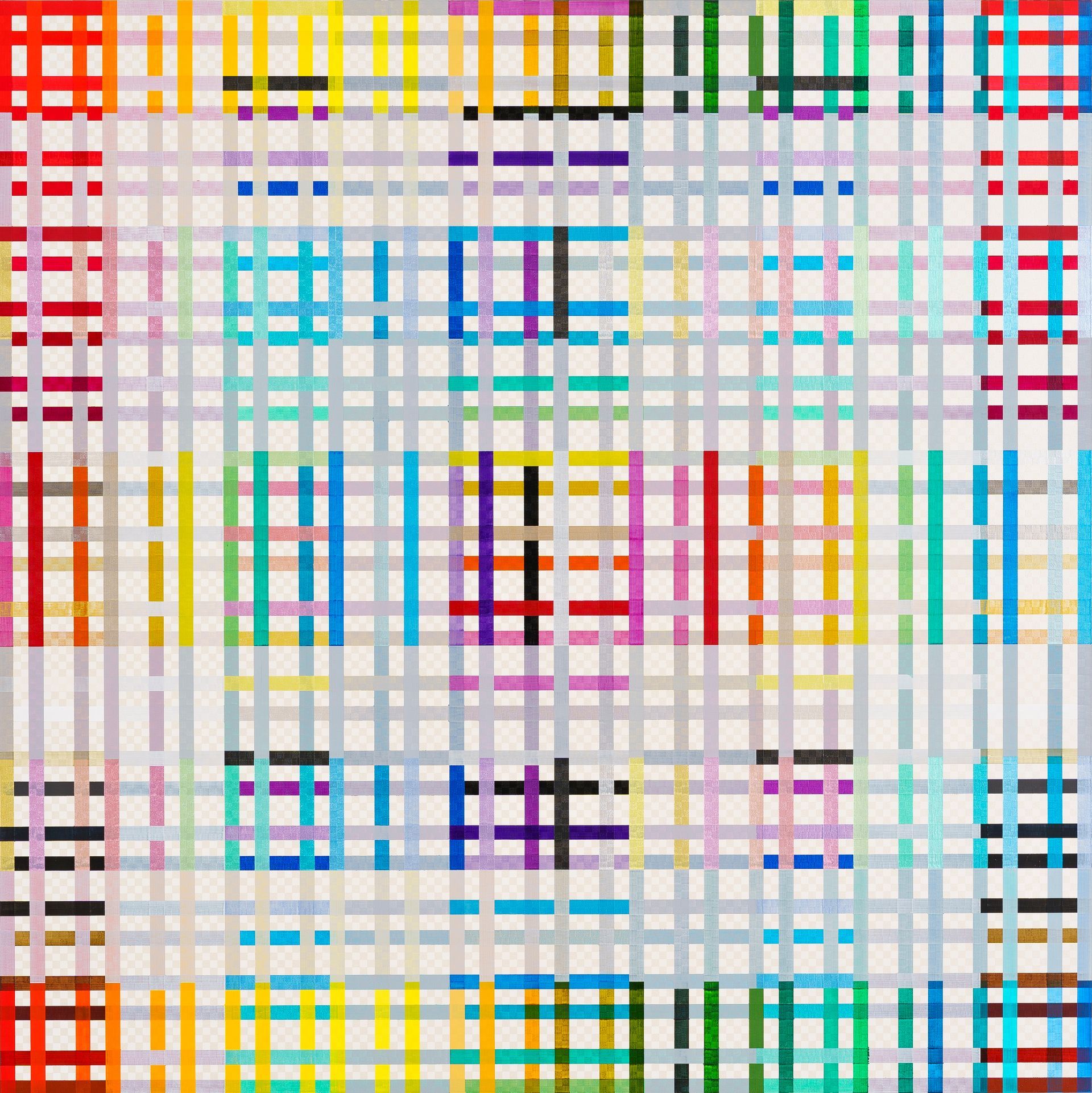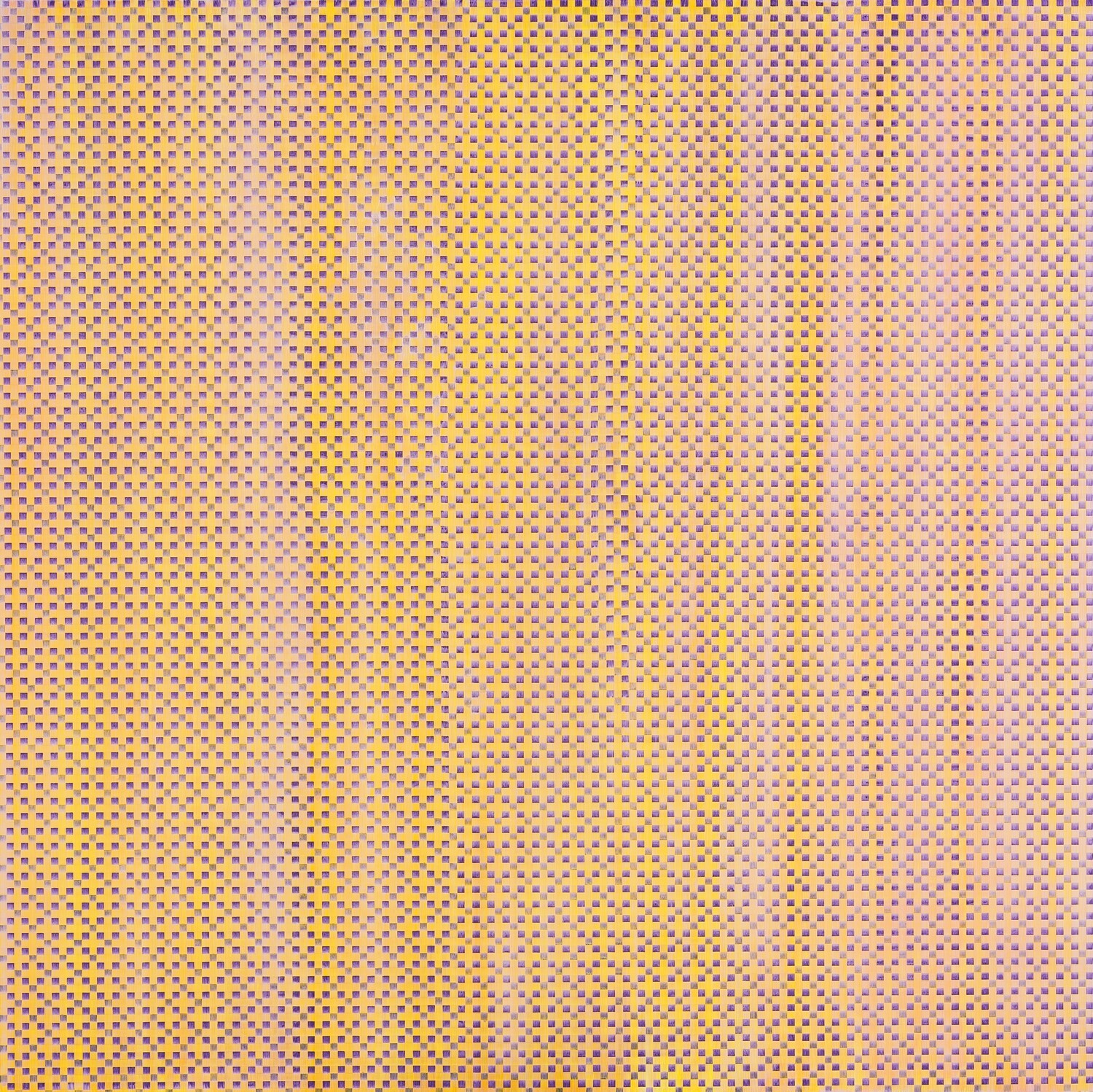Aya Kawato
Aya Kawato was born in Nara in 1988. She then moved to Kyoto with her family, where she grew up and still resides, after having spent some time in Tokyo to complete her M.A and Ph.D. from The Tokyo University of the Arts in 2019.
Awarded with the Grand Prix at Rêver 2074, co-hosted by Comité Colbert and Tokyo University of the Arts in 2017, and with the Nomura Art Prize in 2018, Aya has become inevitable amongst the successful Japanese contemporary art scene. In Spring 2022, the reputed Kyoto City Kyocera Museum of Art attributed its “Triangle” exhibition space to Aya’s work; a unique setting to express her newest art creations.
Aya Kawato’s work explores the theme of “Controlled and Uncontrolled”. She defines the uncontrolled as the deviation that will inevitably arise when a work is made manually; even if created using a meticulous process and under the hands of an utmost skilled craftsman. This deviation is the expression of what could not be prevented from happening during the art creation process, even with the strongest desire of control.
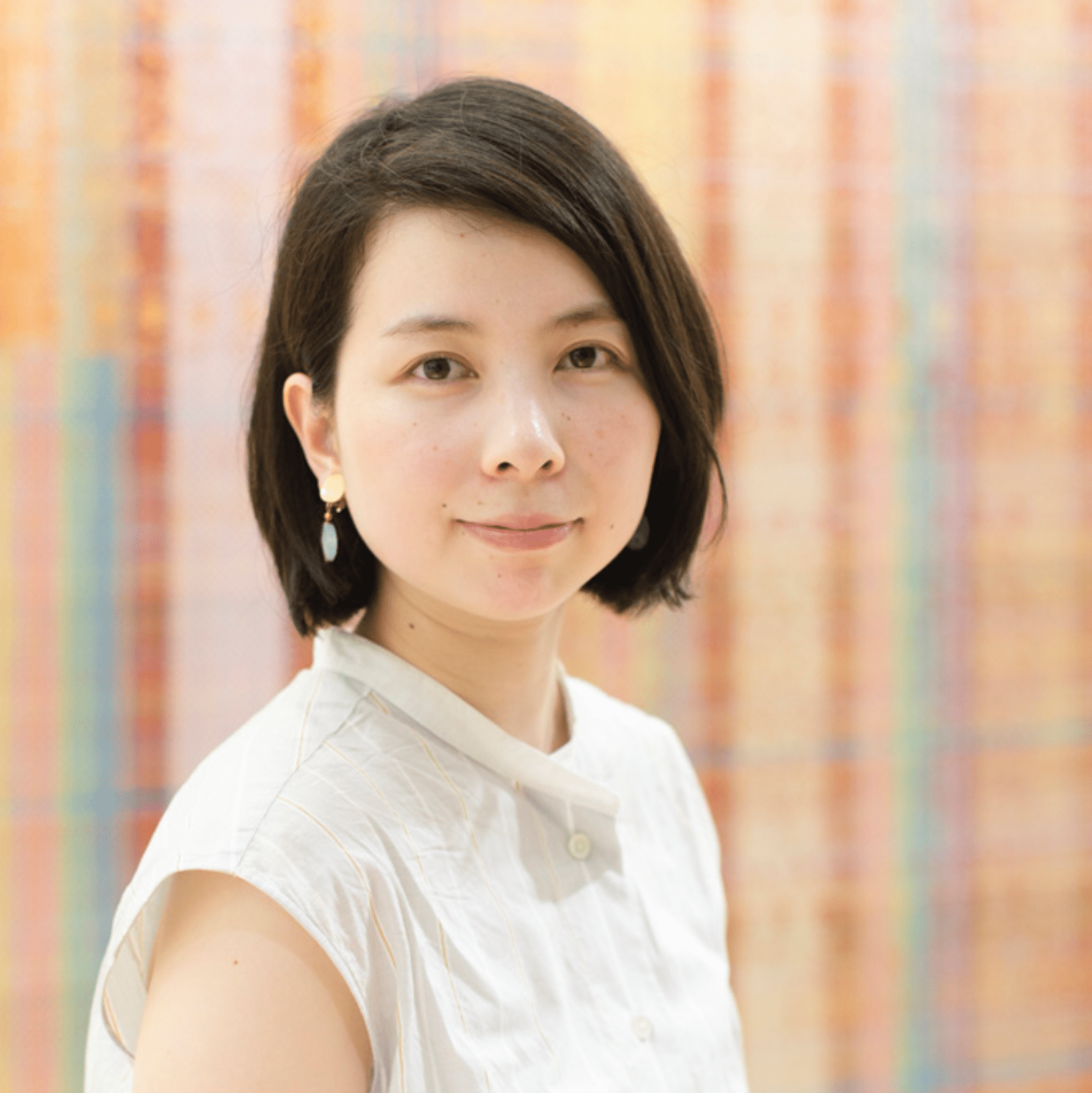
As for control, the artist describes it as an extreme focus to proceed according to the plan while trying to anticipate the reaction of the material. Those unevenness or misalignments that reveal the artist's nature, the technique, and the material, are not perceived as imperfections; to the contrary, she describes them as “beauty beyond human control”.
Aya Kawato majored at first in textiles at Kyoto Seika University before obtaining her doctoral degree in Intermedia Art at Tokyo University of the Arts. Since then, she conceives two-dimensional works that she calls “grid paintings”. Using wooden panels, acrylic and masking tape, she creates works that fuse technology, science, and Japanese traditional weaving and dyeing techniques she learnt during her textile’s practice studies. When Aya starts a painting, she does not have an image of the whole picture, it evolves gradually, the size and the colours affect the rendering image until the work is completed. Using acrylic makes it possible to apply multiple layers without them fusing. Applying the colours’ theory creates more vivid tints with a special vibrancy and a depth; a technique she discovered through the dyeing of textiles. Her grid paintings comprise lines no wider than five millimetres.
The viewer’s perceptions subtly fluctuate depending on the distance and the viewing angle, but also on his own state of mind, the light, and the work’s environment. At first glance, Aya’s works give the impression of having been created digitally, but they are painted manually and although roughly flat, her works give a distinctive sense of depth and a special warmth at geometric grids. Looking closer, the viewer discovers the unevenness in the paint and the traces left by the artist’s brushstrokes.
